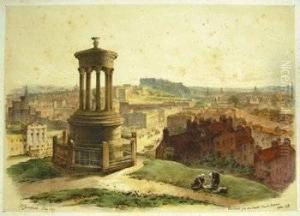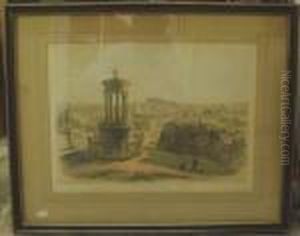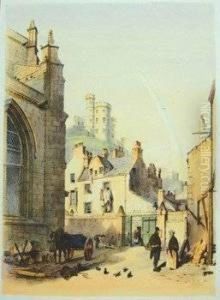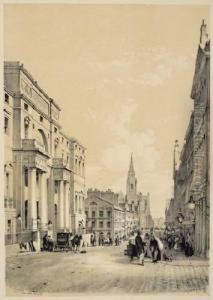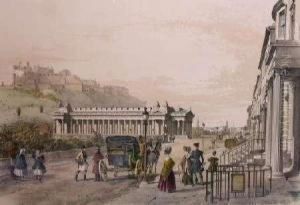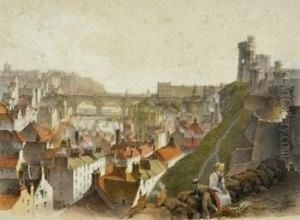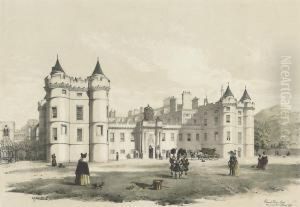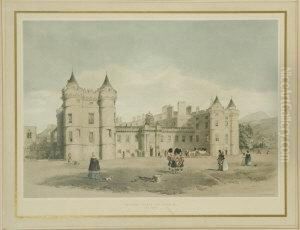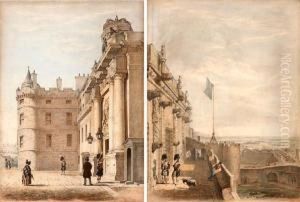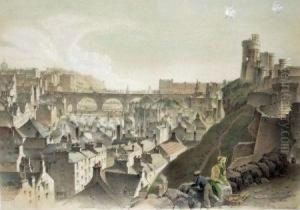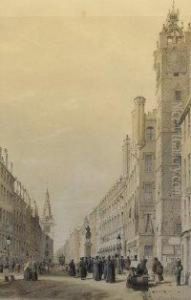Samuel Dukinfield Swarbreck Paintings
Samuel Dukinfield Swarbreck was an English watercolour artist known for his architectural and landscape paintings. Born in 1815, Swarbreck developed a keen interest in art from an early age. He pursued his passion for painting and became particularly adept at capturing the essence of buildings and urban scenes in his works.
Swarbreck traveled extensively throughout the United Kingdom and Europe, sketching and painting as he went. His travels provided him with a vast array of subjects and inspiration. He was particularly drawn to the Gothic architecture of medieval buildings, which is often reflected in his work.
In the 1830s and 1840s, Swarbreck's work began to gain attention, and he exhibited at various institutions including the Royal Academy and the New Watercolour Society, of which he became a member. His watercolours were appreciated for their detail, composition, and use of light.
Despite his success as an artist, there is not a vast amount of biographical information available about Swarbreck's personal life. He remained active in the art community throughout the mid-19th century, contributing to exhibitions and sharing his work with an audience that held an appreciation for his particular style.
Swarbreck's legacy lives on through his watercolours, which continue to be studied and admired for their historical depiction of architecture and landscapes of the 19th century. He passed away in 1898, leaving behind a body of work that provides a window into the past and showcases his skill as a watercolourist.
